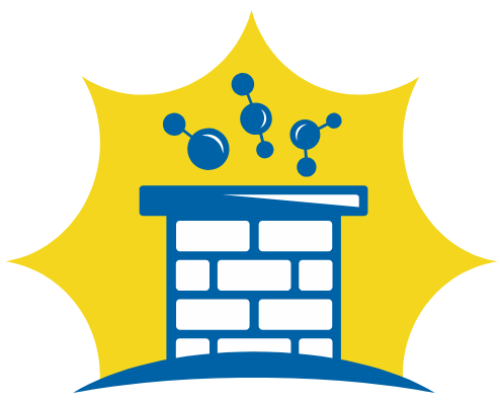Home » Chimney Services » Inspections and Certifications
A safe chimney starts with a professional inspection. Whether you’re preparing for fireplace season, purchasing a new home, or experiencing performance issues, Chimney Scientists offers certified chimney inspections tailored to your needs.
We serve the Greater Philadelphia area, including Montgomery, Bucks, Chester, and Delaware counties, as well as the Pocono region in Lehigh, Carbon, and Monroe counties with thorough, code-compliant evaluations you can trust.
Many chimney hazards are hidden from plain sight. Cracks, creosote buildup, structural wear, and blockages can all develop without obvious symptoms—until it’s too late. Regular chimney inspections protect your home and family by:
Whether your system is brand new or decades old, inspections are essential to safe chimney maintenance.
At Chimney Scientists, all inspections follow Chimney Safety Institute of America (CSIA) and National Fire Protection Association (NFPA) standards. We offer both Level 1 and Level 2 chimney inspections, depending on your system’s condition and usage:

A Level 1 inspection is ideal for systems that haven’t changed and show no signs of damage or malfunction. This inspection includes:
This level of inspection is best for homeowners who use their fireplaces regularly and haven’t experienced any issues.
A Level 2 inspection is more comprehensive, but no removal or destruction of permanently attached portions of the chimney or building structure or finish is required. A Level 2 inspection is more comprehensive and includes everything from a Level 1, plus:
Fireplace flue liners with cracks and open mortar joints can be dangerous when combined with any creosote buildup. A quick video inspection will ensure that the fireplace is a tight system. In the case that these concerning cracks and holes are found, we can offer a repair rather than an expensive new chimney liner.
Your chimney flue plays a crucial role in ventilation, and damage here can pose serious safety risks. That’s why every Level 2 inspection includes a chimney flue inspection using advanced video scanning.
Benefits include:
If we detect flue issues, we can provide expert recommendations for flue repair.
You should schedule a chimney safety inspection:
An inspection can help determine whether a simple cleaning is needed or if more serious issues are present. We also offer chimney cleaning services if we find buildup during your inspection.
Chimney Scientists is certified by CSIA and proud to be a BBB-accredited company with an A+ rating. Our inspectors undergo continuous training and follow strict safety protocols to ensure accurate, honest evaluations.
Here’s what sets us apart:
We treat your home with care and provide clear recommendations, whether you need minor repairs or a full system upgrade.
From historic brownstones in Center City to rural homes in Lehigh County, Chimney Scientists provides chimney inspection services throughout southeastern Pennsylvania. No matter your home’s age or heating setup, we have the experience and equipment to evaluate your system with precision. We serve the following counties:
Don’t wait for chimney issues to make themselves known. Schedule your Level 1 or Level 2 chimney inspection with Chimney Scientists today. We provide timely, thorough, and transparent service backed by industry-leading certifications.
Need cleaning or repairs too? We’re a full-service company offering flue repairs, exterior chimney painting, and more. Book your certified chimney inspection and protect your home with confidence.
What a chimney inspection includes depends on the level. A Level 1 inspection includes a visual review of all accessible parts of your chimney. A Level 2 inspection adds video scanning and attic/basement evaluations, along with a detailed report and photo documentation.
The National Fire Protection Association recommends annual chimney inspections, regardless of how often it’s used.
A chimney inspection assesses the condition of your chimney system, while a cleaning removes creosote, soot, and blockages. We often perform both during the same appointment for full maintenance coverage.
Yes, you should hire a certified chimney inspector. A certified inspector follows CSIA standards, understands complex chimney systems, and uses professional tools to detect hazards that an untrained eye might miss.
Yes, we provide you with a full report. After your inspection, you’ll receive a digital chimney inspection report with findings, photos, and any safety or repair recommendations.

